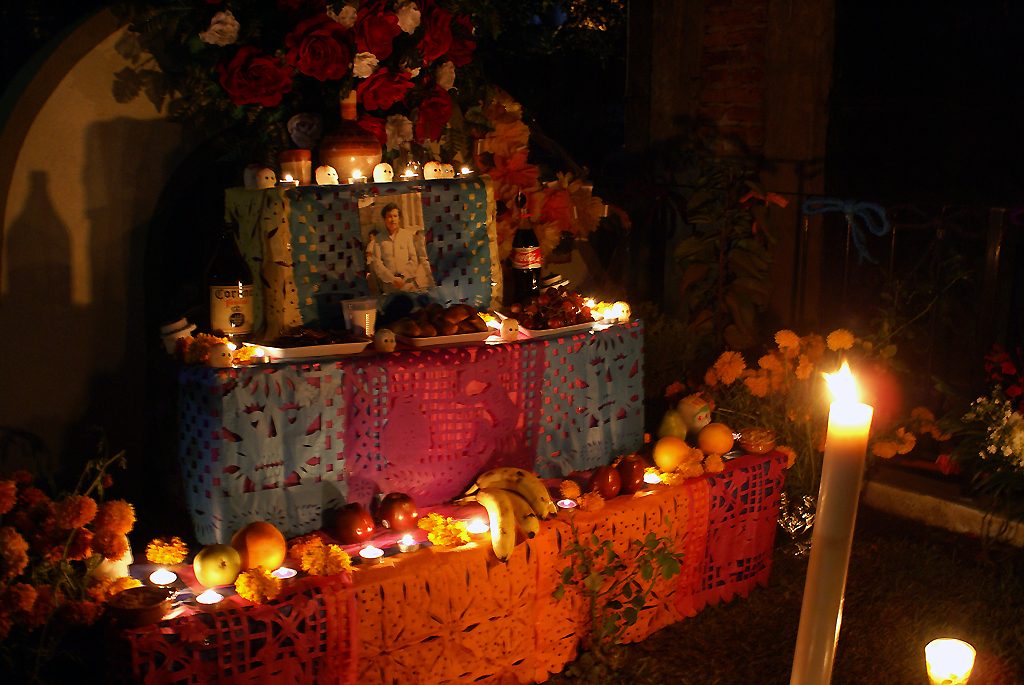

However, once the Spaniards arrived in the 16 th century, this Indigenous festival was later moved to November 1 and November 2 to correspond with the Catholic calendar which celebrates All Souls’ Day and All Saints’ Day. Originally, this celebration was a festival during the summer months that was dedicated to Mictecacihuatl, known as “lady of the dead, who guards the bones of the deceased in the underworld with her husband Miclantecuhtl. This holiday dates back 3,000 years, deriving from pre-Columbian Mesoamerica from the Aztecs and Nahual people. They also have an altar that is decorated, often with pan de muerto (bread of the dead), tequila, other favorite items and of course, their photos. The following day is called Día de los Difuntos which is for the adults. Families often create an ofrenda that is adorned with the child’s favorite candies, toys and their photos. The first day is dedicated to children who passed away and is called Día de los Angelitos. Although it’s widely celebrated in Mexico, this holiday has become more popular over the years, even in the United States! So, if you are wondering when Day of the Dead is this year so you can mark your calendars, we are sharing everything you need to know, including tons of interesting Day of the Dead facts! When is Day of the Dead?Īlthough families prepare days in advance, Day of the Dead is celebrated during November 1 and November 2. Each year, families set up ofrendas (an altar with offerings) with their family members’ photos, Day of the Dead flowers, favorite foods and most cherished personal items to welcome them back during Día de Muertos. Although it may be perceived as a somber holiday, it’s actually a grand celebration with music, food and vibrant decorations. Most important in the celebrations and the ofrendas is to capture the spirit of respect, love, and honour we extend to those who have gone before us and who shape us still.Day of the Dead, also known as Dia de Muertos in Spanish, is a Mexican holiday where beloved family members that have passed away get to visit the land of the living and reunite with loved ones. Papel picado (cut decorative tissue paper)Īcknowledging that culture is a living, always transforming thing, we encourage members of the community to adapt this tradition to their own culture and circumstances. Most ofrendas follow a general yellow/orange colour scheme and include some of all of the following elements: In Mexico, the particulars of altars vary by region.

The ofrendas, lovingly created and often personalized for those who have passed on, make the souls feel welcome, showing them that they have not been forgotten. Typically (though this can vary household by household), Day of the Dead Altars, known as Altares de Muertos or Ofrendas, are put up during Día de los Muertos celebrations on November 1 and 2 to honour, respectively, children and adults who have passed away.īased on the idea that the souls ( animas) of the departed can return to the world of the living during these days, the altars function as prominent signposts to show the souls their way home. An important part of any Day of the Dead celebration is the creation of a space for Mictlān, representing the underworld, or place of the dead, where we can set up and display our altars/ ofrendas.


 0 kommentar(er)
0 kommentar(er)
